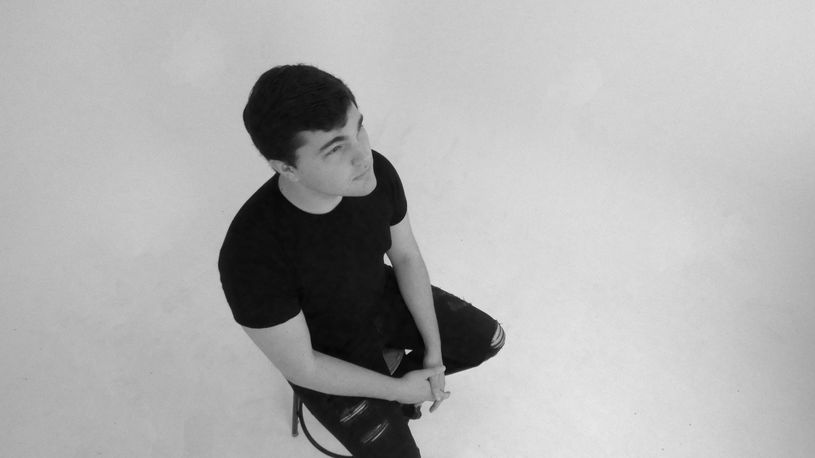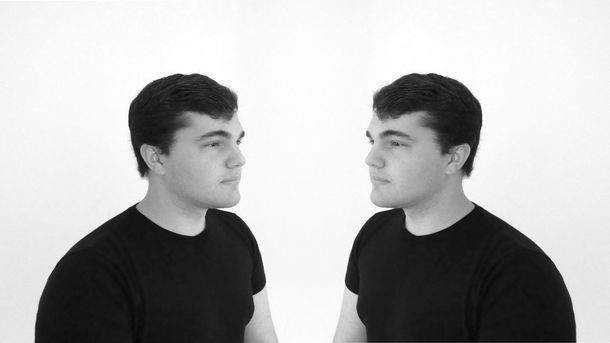
Speculo
For your final, you will present your portfolio of photographic artwork to the class in a formal critique. Your presentation should be a sample of your best photographs, presented as a cohesive series
The Scope
The Artist's Statement
Marina Abramović is a performance artist who is well known for her art piece Marina Abromović Artist is Present. In this performance art piece, she sits across a wooden table from her spectator and gazes into their eyes. In the end, she leans forward, grabs their hands, and whispers something (unknown to the public). Many, if not all, of the spectators, leave the “stage” with tears in their eyes, one must wonder what they saw in her eyes. One theory might be, they see their true selves through her.
Everyone endures their own experiences of life, and it is these experiences that form an individual into the person they are at this moment. Many try to hind what they have experienced and who they truly are, but as William Shakespeare once said, “the eyes are the window to your soul.” And it is the soul who genuinely tells one’s story. Artists, philosophers, and great thinkers have been fascinated with what the eyes can say to an individual about another. How is one able to understand the human experience of another unless through self-experience? If this is true when one sees a friend or stranger, is it not one’s own story being reflected back?
Steven McCurry is a famous photographer who enjoys creating photography that encapsulates the struggles and stories of the people he photographs. His most famous piece is Afghan Girl. It is imperative to him to capture the essence of an individual who has experiences tragedies far beyond what one can understand.
Inspired by these elements, the idea for Speculo (mirror in Latin) came to exist. Speculo is a series of ten self-portraits created through portraits of someone else. Each is titled using one of six languages: Spanish, French, Italian, Latin, Greek, or Catalan (languages representing cultures the artist pertains to). All the images are also in black and white except Éclat. Éclat was left in color to help exaggerate the intensity of the galaxies. Éclat is brilliance in French. This image is the expression of introversion and how introverts often times have many ideas that are not always expressed for whatever reason. Next is Non-Dividentem, the Latin of no escape. In this image, the portrayal of the chair is tied to exclusion. Connecting to personal experience of bullying and being an only child. The chair faces away from the viewer, further illustrating the distance and disconnect the subject has from his peers. Following is Lligat, Catalan for tied down. This image expresses the feeling of succumbing to being tied down by the exclusion of others. Yet, there is a sensation of wanting to be included by the subject’s peers. There comes a point in which one must accept one’s wounds. In accepting these wounds, one begins to learn and grow from them. This does not mean the wounds go away; in fact, these are Cicatrices Eternas, Spanish for eternal wounds. To move forward, one turns to the only person who can truly protect them and be their friend: the self. The self then takes on this parental role, and when injured, it goes into self-preservation mode. Self-preservation can be good at times, but it often restricts one’s self of new experiences, as seen in Autoconservazione (the Italian for self-preservation). Another experience that occurs is that of finding one’s voice and space in the world. While in active discernment, one is likely to turn to the gods to try to navigate their identity and who they are as a person. This contemplation of the self can be seen in Els Déus, Catalan, for the gods. This comes at no ease for anyone; one must muddle through their “demons,” which causes this internal war. Mis Demonios (Spanish for my demons), illustrates the constant battle one must have with one’s self to further understand who they are. At the end of the day, the real desire and nature of a human person is to be seen. Oratós, Greek for visible, share the irony of not actually being visible. The journey to self-actualization is constant and never-ending. A genuine, authentic, and full actualized person is not something that will occur in this lifetime, and this can sometimes be hard to admit. Nevertheless, one must be resilient, look at oneself, and be the best version of themselves. Resiliència, or resilience in Catalan, portrays this act of looking into one’s self to say it is okay. This leads to the final image, which is Bon Dia (Catalan for good day). As an introvert with many scars, there are going to be days where one will feel faded and/or defeated. Sometimes, these days are the best either because one gave it their best shot or they got so much done they are exhausted. The feeling really comes from both perspectives and understanding of the situation.










